
Stories of daring, stories of technological feats, stories of prevailing against the odds ... these are the stories we tell at the National Air and Space Museum. Dive in to the stories below to discover, learn, and be inspired.
Showing 601 - 610 of 634

November 12, 2010
Curators at the Air and Space Museum are learning how to combine x-rays and photographs of object to gain a glimpse into their preservation and history.

September 12, 2010
Have you ever had a dream of what you wanted to do in life? How about a wish that you hoped every day would come true? Were you ever truly inspired by something or someone at an early age that shaped the course of your life? Living a lifelong dream does not come to many, but for Dr. Mae Jemison, space travel was always an area of fascination.
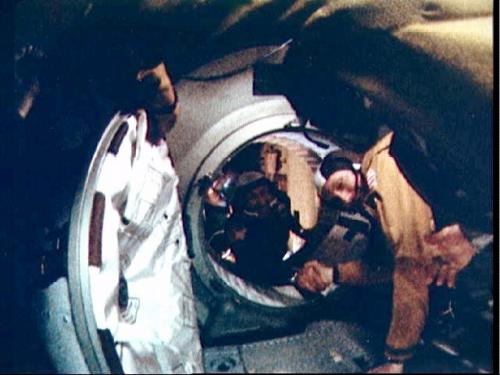
July 26, 2010
The Apollo-Soyuz Test Project (ASTP) was the famous “Handshake in Space.” ASTP was the first American-Soviet space flight, docking the last American Apollo spacecraft with the then-Soviet Soyuz spacecraft. This joint effort between the two major world players was based on an agreement signed in 1972, and it set a precedent for future joint efforts, such as the Shuttle-Mir Program and the International Space Station.

July 14, 2010
The staff at the National Air and Space Museum are gearing up for the annual Mars Day!, a celebration of the Red Planet. On July 16 from 10 a.m. to 3 p.m., visitors at the Museum can partake of a variety of educational and family fun activities throughout the galleries.

June 09, 2010
In a previous blog post, I discussed the influence that Wernher von Braun had on the vision of the way that human space travel would progress, from brief flights into space to long duration missions to Mars. To continue that discussion: Wernher von Braun envisioned the space station to be something quite different from the International Space Station that is now in orbit: he imagined a wheel-shaped vessel that rotated to provide artificial gravity for its crew.
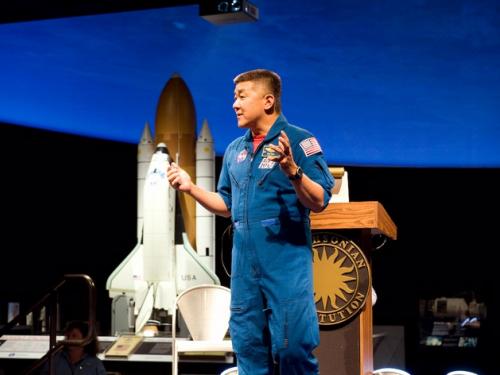
June 01, 2010
What do yogurt cups and juice bottles have to do with the International Space Station? If you dropped by the National Mall Building on Saturday, May 8, between 10am and 3pm, you would have seen this question being answered by hundreds of visitors, working together to build a space station out of recycled materials. Space Day is an annual family day program sponsored by Lockheed Martin. In addressing this year’s theme, “Looking at Earth from Space,” our astronaut guests explained the incredible feeling of seeing the circumference of the earth from the window of the shuttle. Curators from the National Air and Space Museum and presenters from research organizations used models and displays to show how satellites work and the cool things we can do with them. We want family days to engage audiences of all ages in fun, informal, educational activities.

May 26, 2010
The notation in the Museum’s artifact database is simple: “On loan.” But this artifact is a replica Nobel Prize. And its loan involves two government agencies, a crushed storage building, and a flight to the International Space Station. Let’s start at the beginning – literally. As in the Big Bang.
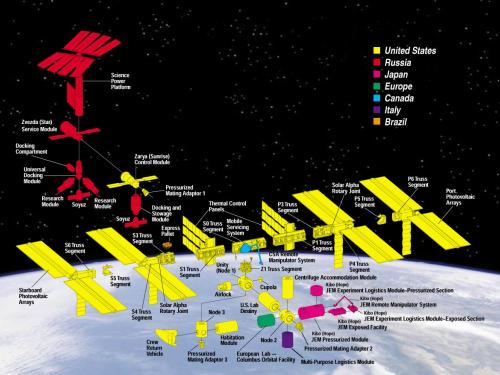
May 23, 2010
In the 1990s the United States collaborative space policy entered an extended period of transition from the earlier era of Cold War, one in which NASA has been compelled to deal with international partners on a much more even footing than ever before.
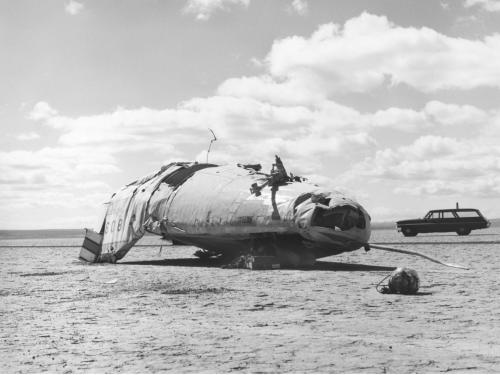
May 11, 2010
May 10 may ring a bell for fans of the 1970s television show The Six Million Dollar Man. On that day in 1967, a NASA research aircraft, the wingless M2-F2 lifting body, crashed in the California desert. A film clip of the crash opened the popular weekly show about the gravely injured fictional pilot, Steve Austin, played by Lee Majors.
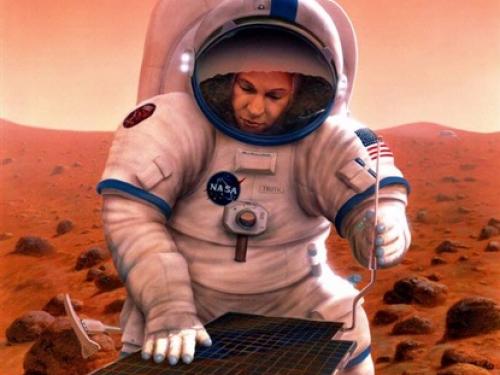
May 09, 2010
In Star Trek: The Next Generation the intrepid crew of the United Starship Enterprise repeatedly face the Borg, cyborgs intent on assimilating the biological creatures of the universe into their collective consciousness. Their meme, “resistance is futile,” serves as a convenient tagline for this ongoing plot device in the fictional series, but it also may foreshadow a more realistic future for humanity as we reach into space. When considering the far future and the potential for humans to colonize other bodies in the solar system and beyond, perhaps humanity will adapt to the space environment through modifications of the human body like those found on the Borg. This idea was first broached by scientists Manfred E. Clynes and Nathan S. Kline in a 1960 NASA study.
